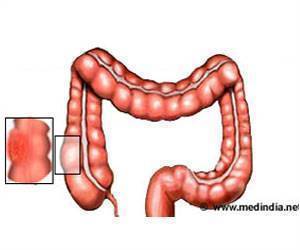Long-term neuropathy in the feet and toes can be especially problematic because it affects a person's balance and gait. This puts them in an elevated fall risk.

‘Cancer survivors experiencing peripheral neuropathy find a dance-based intervention, Argentine Tango, satisfying and feasible for balance improvement.’





Study Addresses Prevalent Side Effect of Cancer Treatment Up to 70 percent of patients treated with chemotherapy will experience peripheral neuropathy as a side effect of cancer treatment. The condition can cause loss of sensation in the hands, fingers, feet and toes. One in 3 patients will still experience this problem six months post treatment. Researchers say long-term neuropathy in the feet and toes can be especially problematic because it affects a person's balance and gait. This puts them in an elevated fall risk when they are engaging in daily life activities.
"That's a big deal because many more people are surviving cancer. Dealing with the issues that impact a person's quality of life after cancer is extremely important," says Worthen-Chaudhari, who is a faculty member within OSU's Department of Physical Medicine and Rehabilitation. "As a dancer, I study the art of movement and as a biomechanist and rehabilitation scientist I study the math and the science of movement. We thought that it would be a powerful combination to put all those together to try to help cancer survivors."
To evaluate the effect of Argentine Tango practice on the biomechanical predictors of fall risk among cancer survivors, Worthen-Chaudhari and Lamantia designed a dance intervention course that involved 20 sessions of adapted Argentine Tango. Patients participated in one hour sessions twice a week for 10 weeks.
Researchers measured patients' standing postural sway (eyes closed) with a computer-aided force platform at the beginning of the dance intervention series and at completion of the 10-weeks of instruction. Patients were also asked to report satisfaction with the intervention.
Advertisement
Initial data from the first three patients who participated in the Argentine Tango study will be presented Nov. 3, 2016, at the 2016 annual meeting of American Congress of Rehabilitation Medicine in Chicago, Illinois. "We show that after just five weeks of Argentine tango, medial and lateral sway decreased by 56 percent indicating that this is a promising balance intervention for cancer survivors experiencing impaired balance post treatment," says Lamantia.
Advertisement
Source-Eurekalert















